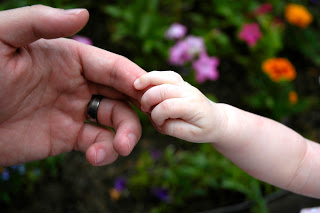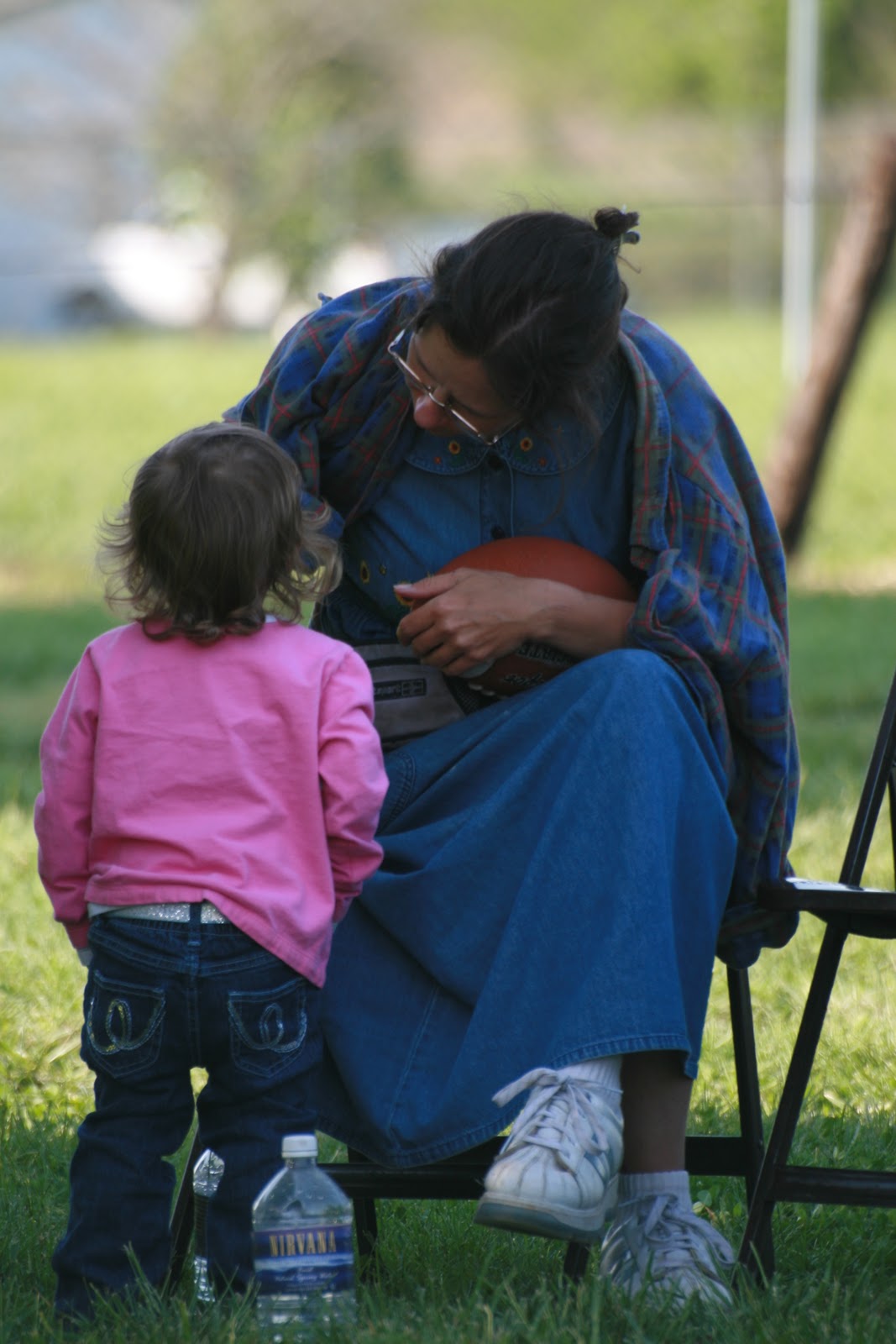When my first child was born, a nurse handed me a form to complete which had two empty spaces, one for “Mother’s Name” and the other for “Father’s Name.” I completed the form with my own mother and father’s names filled into the blanks. The nurse reviewed the form and promptly asked me “Who are these folks? Sweetheart, YOU are the mother. This form needs YOUR name.” Everything went a little woozy as I was overcome by the seismic internal shift from daughter to mother. All I knew was that I wanted to be good enough to warrant this immense responsibility and privilege to now be the guide, not the follower, on this next adventure in life. I hoped I would have the kind of internal strength and courage to weather all the changes to come. As I’ve written about previously, my first tasks would involve ensuring secure attachment and cultivating attunement between myself and my children.
As parents, we need to become confident in our responsiveness and attunement to our own and our child’s needs. And when we aren’t, our child’s separation distress acts as a kind of corrective mechanism to restore healthy attachment behaviors quickly and bring comfort. In those cases, we need to recover quickly! Then, ensure that the majority of the time we are the kind of loving, available, reliable, approachable, and sensitive parents necessary to create the secure base and safe haven associated with healthy attachment between ourselves and our children. We need to keep creating the neurological in-roads to lay the foundation necessary to ensure secure attachment through: loving touch, eye-to-eye contact, responding to our children’s cries as responsively and sensitively as possible, being attuned to their needs, being a calm and reassuring presence. At least the majority of the time!
What does this all mean? Well, essentially we don’t have to be perfect as parents. We can still be anxious, fearful, sad, tired, unsure, and even unresponsive at times. As long as we provide the necessary emotional and physical comfort, whilst continually trying to be good enough the majority of the time, we can rely on our secure attachment to reassure our children of their safety, security, and comfort during unpredictable, chaotic, or otherwise difficult times. The goal, of course, is not to be “perfect”—as is often misinterpreted from child pediatrician, psychologist, sociologist, and psychoanalyst D.W. Winnicott’s The Theory of the Parent-Child Relationship (1960). But to be “good enough” to ensure secure attachment. To be a good enough parent is to provide the kind of “holding environment” which Winnicott (1960) proposed. The kind of loving, secure, safe environment where a child can feel secure and safe enough to venture out into the world with confidence and conquer life’s challenges with courage.
Keep in mind that many of these early twentieth century psychologists and theorists, like Bowlby (on attachment), Harlow (of the monkeys) and Winnicott (on good enough parenting), were pushing up against a thoroughly Western and prevailing belief that holding, attuning, and securely attaching to a child led to spoiling, harming, and/or resulting in adult psychological illness! Needless to say, it turns out that the opposite is true. Our children need our attention, attunement, holding, and our secure attachment.
Our temperament may not be the easiest, or our baby the calmest. We may experience periods of post-partum depression and struggle to bond initially, or our baby cries for months with colic testing our true mettle and patience. Our children may push buttons in us—buttons that may have been wired during our own childhood experience which can trigger urges to withdraw, be anxious and hover, become angry, and/or grieve our own childhood in moments. We need not continue to blame our parents for what we may or may not have received in terms of how we were parented (afterall we are the parents now). We can, however, choose to parent our amazing children with the kind of compassion, love, patience, generosity, and courage which we ourselves may or may not have received, as a way to not only ensure their psychological health but also our own!
Winnicott (1993) urged us as parents to be authentically ourselves. It is our authenticity, most of all, that children are looking for and that provides the kind of consistency they crave. Parenting isn’t a profession we can perfect, as much as it is a practice in accepting our imperfections and having the courage to consistently move forward in the direction of love. As my aunt said to me one day, after I called her in tears worried about a spectacularly imperfect parenting moment after my son bit his newborn sister’s hand, “If your biggest fear is that your kids are going to grow up and want you to come to therapy with them to discuss how imperfect you were, be grateful ’cause it means they still want to talk to you!”
Here’s a good link for more information on attachment from a group of mental health therapists committed to community education and wellness: http://healingresources.info/children_attachment.htm
Winnicott, D.W. (1993). Talking to parents. NY: Addison-Wesley Publishing Company.



